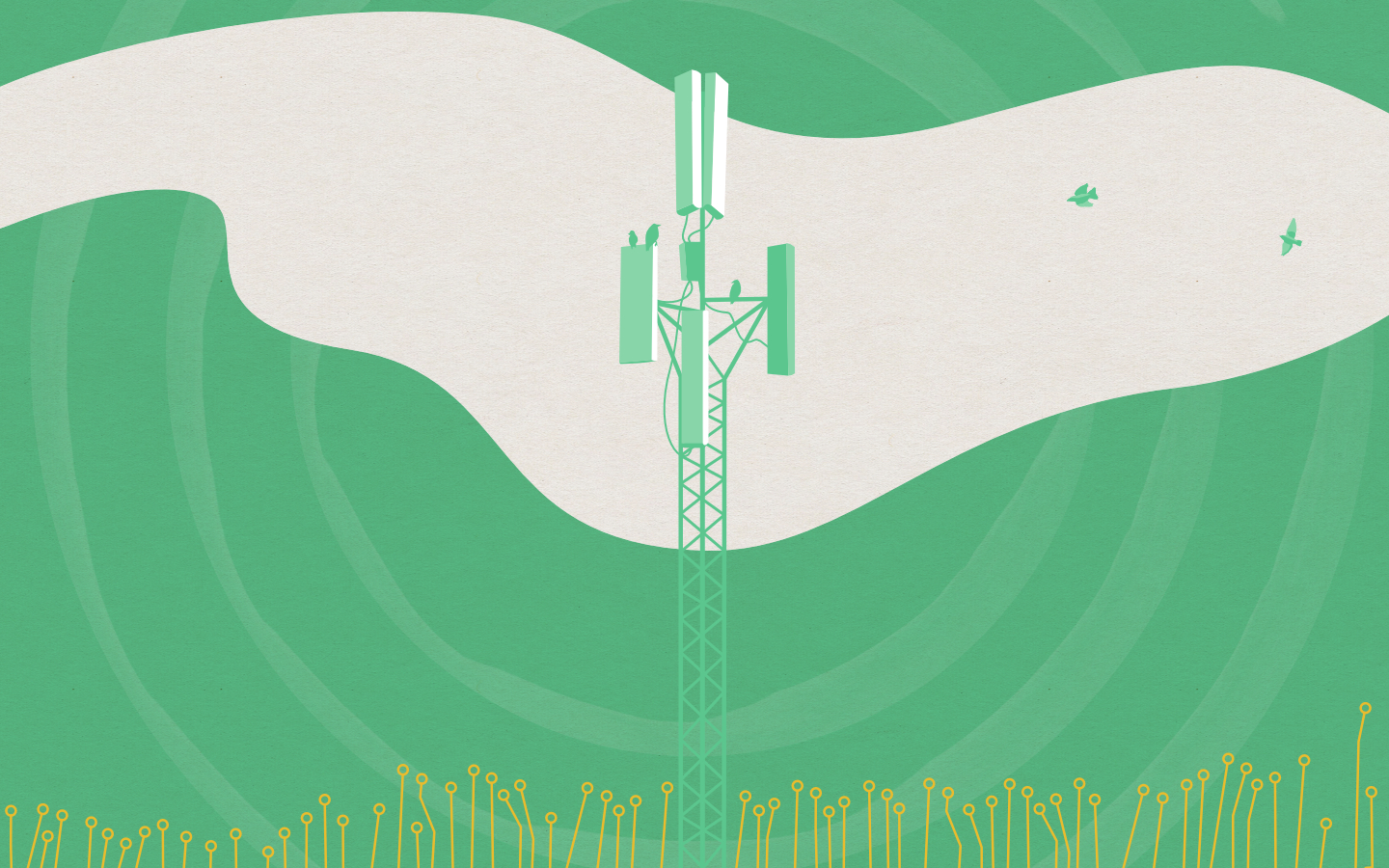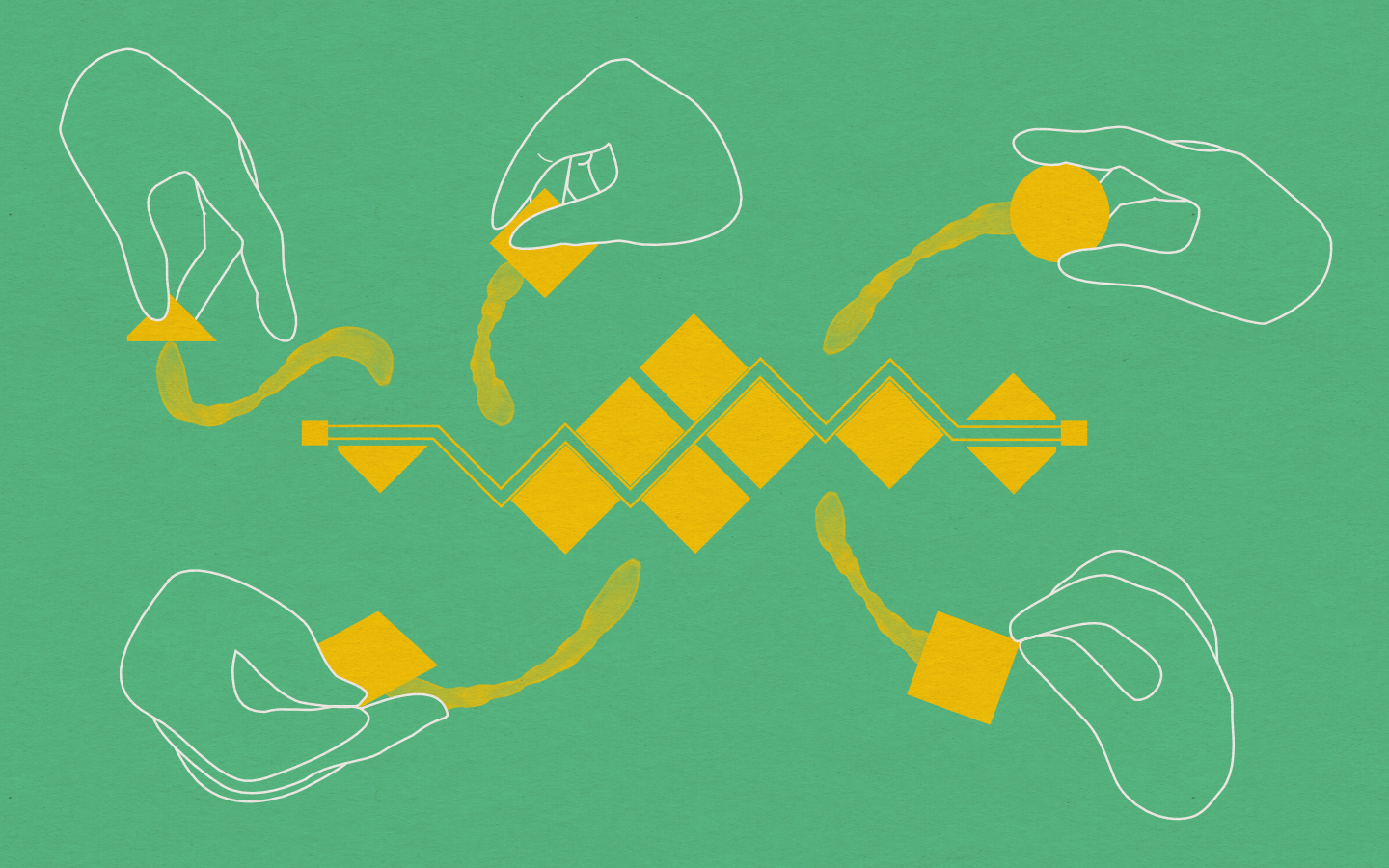Further and Safer: Reviving HF Radio in the Digital Age

Unfortunately, billions of people worldwide, especially those in rural areas and with low income, are unable to access meaningful and affordable connectivity due to the market-dominated forces that determine how telecommunications services are deployed around the world. Furthermore, the Internet itself has become a vector for misinformation, addiction and distraction, forcing communities to debate whether they want to be connected at all.
In 2017, Rhizomatica – an organization that began in 2009 as a quest to make alternative telecommunication infrastructures possible for people around the world – set out to design a long-range, secure digital communication system that did not use the Internet as its primary means of transporting information. This system is called HERMES – HF Emergency and Rural Multimedia Exchange System. The motivation to do so came from years of doing community connectivity work in rural, isolated and indigenous communities around the world.
The hardest part of this work, from a technical standpoint, was figuring out how to backhaul traffic to a location with an Internet connection. At the time, Low Earth Orbit (LEO) satellite constellations like Starlink did not exist and connectivity was even less available globally than it is today. To further complicate things, most potential users of this system did not have money to pay a service provider, and even if they did, there was no easy way to get the money deposited in a bank. Imagine a small village in the Amazon: where are they going to get money and how many days by canoe will it take to deposit that into an Internet Service Provider’s (ISP) account? Finally, security concerns were, and remain, very real for partners. How to keep information safe as it transits around the global Internet is no easy task, especially for people at the margins geographically, politically and technologically.
With all of these challenges in view, Rhizomatica decided to hack an old technology, HF radio (also known as shortwave), and try to drag it into the 21st century as a means to safely move bits over hundreds of kilometers with no infrastructure between network nodes (radios). Due to a physical phenomenon called “skywave propagation”, known about for at least a century, radio waves between 3 and 30MHz are reflected off of the Earth’s ionosphere, a layer of the atmosphere between 45km and 965km above the surface of the planet composed of particles charged by solar radiation. One way to think about this is as a free, natural satellite that bounces certain signals around the world. With very little power, skywave propagation allows you to transmit digital information, or analog voice, over long distances. The Internet allows for communication around the world, but only insofar as there are thousands of kilometers of fiber optic cables, microwave radio links, and cellular towers installed over much of the globe, and encircled by thousands of satellites.
HF radio, as mentioned, is not a new technology, and as such is very much stuck in an outdated regulatory paradigm meant for analog voice. For example, the standard channel size for HF is a measly 3kHz, compared to 20MHz or 40MHz channel sizes for WiFi. In other words, when sending digital information over HF within regulations, it has to be squeezed into a very tiny channel, and therefore the throughput is much lower compared to more modern technologies like WiFi or LTE. There is no inherent reason why HF should be experienced as slower than those technologies, if not for the small channel size. In order to make HERMES usable, Rhizomatica put a lot of work into information compression and uses delay tolerant protocols like UNIX-to-UNIX Copy Program (UUCP) to exchange digital information between radios. On the plus side, HF has a security advantage over the Internet in that it is truly decentralized; it is extremely difficult to know where a transmission is coming from and even harder to ascertain who is receiving it. Add to that some layers of encryption and non-public addressing of stations and it becomes quite hard to crack or track communication.
Currently, HF frequencies are used by international broadcasters, amateur radio enthusiasts (hams), time and weather stations, governments and their militaries, the maritime and aviation industries, and rural communities. Nevertheless, there is relatively little investment or development put into HF/shortwave, especially for non-military uses, and there hasn’t been since the first satellites launched in the 1960s. As such, military standards like the US Military’s MIL-STD and Nato’s STANAG are way ahead of what civilians have access to in terms of digital communication on HF, with nothing similar available for civilian use beyond a few small software and hardware projects, including Rhizomatica’s.
As with other technologies, development can only progress so far without favorable standards and regulatory environments. There is a lot to be done, at both national and international levels by regulators and policymakers. Some of these steps we recommend include:
- Create larger channels or make it easy to “bond” channels
- Create licensing frameworks which allow access to multiple HF sub-bands by services with automatic optimal frequency selection (eg.: day / night)
- Create a spectrum commons for digital in certain HF bands for civilian users
There is a long way to go, but also a lot of potential for new ways that HF can serve peoples’ communication needs, especially for those in isolated places or with sensitive information to transmit.
Peter Bloom is the General Coordinator of Rhizomatica. This blogpost summarises the ‘tech dive’ delivered to the members of the Public Interest Technology Group on 25 June 2025.
More recent news

How internet applications geolocate users and why it needs a rethink
Internet applications have come to rely on IP addresses to estimate where their users are located. Ongoing standards improve IP address privacy, but raise questions about revealing information about a user’s location. Read more

Further and Safer: Reviving HF Radio in the Digital Age
Rhizomatica describes how it hacked an old technology, HF (or shortwave) radio and dragged it into the 21st century as a means to connect rural and low income populations. Read more

Behind the Signal: Techno-Diplomacy and the Global Fight for Your Right to Connect
Negotiations over technologies, standards and spectrum at the International Telecommunication Union Radiocommunication Sector (ITU-R) are fundamental for internet connectivity, but are often shaped more by market consolidation than by public interest. Read more